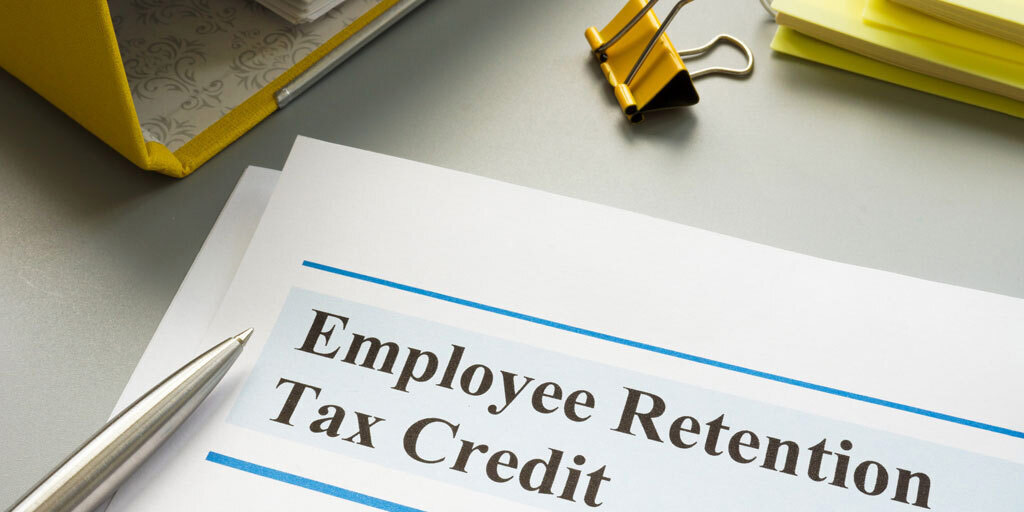
Employee Retention Credit Claims on Hold. What You Need to Know
In recent developments, the Employee Retention Credit, a vital relief measure for businesses during the COVID-19 pandemic, faces new challenges. This article delves into the complexities and recent changes affecting the Employee Retention Credit, highlighting its impact and offering crucial guidance for businesses navigating this evolving landscape.
It began as a government program to support businesses impacted by COVID-19, but it has recently become the center of hundreds of IRS investigations that could end up hurting the very companies it was supposed to help.
We’re talking about the Employee Retention Credit (ERC), a.k.a. the Employee Retention Tax Credit (ERTC), which was first introduced in March 2020. This tax credit was designed to reward businesses that continued to pay their employees during the pandemic while operations were fully or partially suspended in compliance with the government order (or saw significant losses of gross receipts during the eligible period).
No Good Tax Credit Goes Unpunished
Since it was enacted, the ERC has unfortunately become the target of aggressive marketers and unscrupulous promoters, who have used the tax credit to lure businesses that may not qualify for the credit. And now, many of those companies could be looking at audits, fines and more.
As of September 14, 2023, the IRS put a halt on processing ERCs, at least until the end of the year. And in recent weeks, they have begun weeding out companies that applied but were not eligible for the tax credit. Copies of Letter 105 C, Claim Disallowed, are on their way. These disallowance letters, which identify ineligible claims before they’re paid, serve several purposes. They:
- Help ineligible taxpayers avoid audits, repayment, penalties and interest.
- Protect taxpayers by preventing an incorrect refund from going to an ERC promoter.
- Save IRS resources by disallowing incorrect credits before they enter the audit process.
It’s Not Too Late to Withdraw Your Employee Retention Credit Claim
For those with pending claims who realize that they may have filed an inaccurate tax return, there is an opportunity to withdraw from the program. Those taxpayers who have not yet received any refund have until the end of 2023 to withdraw their claim. Withdrawals are also possible if a check was issued but was not cashed or deposited. Additionally, a voluntary disclosure program will allow those who received questionable payments to avoid any further IRS action.
Moving forward, the IRS asks taxpayers applying for the Employee Retention Credit to use extreme caution about potential scammers. As IRS Commissioner Danny Werfel tells it, “As we continue our audit and criminal investigation work involving the employee retention credits, we continue to urge people to review the rules with a trusted tax professional. If they filed an inaccurate claim, we urge them to consider withdrawing their pending claim or use the upcoming disclosure program to repay improper refunds to avoid future action.”
For more information on ERC eligibility, see the Employee Retention Credit frequently asked questions and the ERC Eligibility Checklist, which is available as an interactive tool or as a printable guide.
And of course, for more information about IRS tax programs or any HR and payroll questions, our team at Accu Data is always here to help! Contact us today and a rep will get back to you shortly.
